Child- and Youth-Friendly City
The future of our cities depends on today's children and teenagers. They are the leaders, scientists, engineers, planners, teachers, doctors, etc of tomorrow. How do we ensure they have a healthy, safe, and empowering environment to unlock these potentials? In this issue, we will explore how cities around the world are listening to the voice of the future generation and catering to their needs.
What would the ultimate child-friendly city look like?
Imagine you are 10 years old. You live in a medium-sized city and want to visit your best friend, a five-minute walk away, so you can go to the park, another 10 minutes’ walk. The problem is, there’s a big and dangerous road between you and your friend, and another between them and the park. You ask your parents if you can walk, they say no, and they are too busy to take you there themselves...(read the full story)
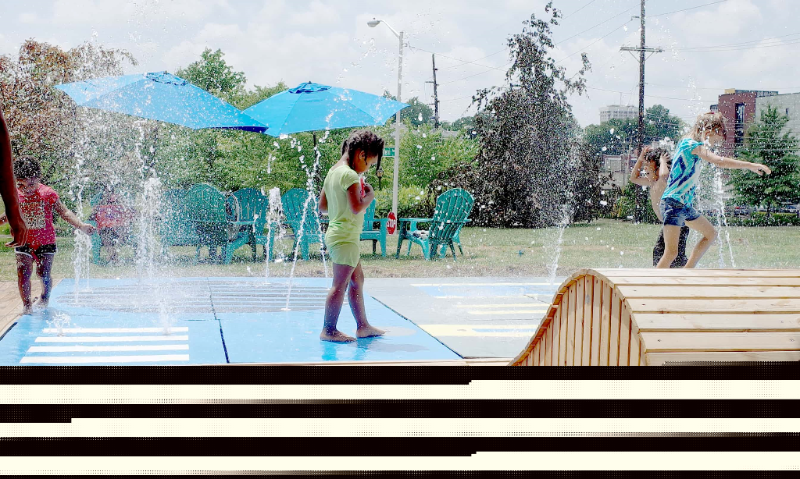
Refugee Children Get a Fresh Start at Kenya's Kakuma Camp
Forced from their homes by violence, the children of Kakuma find new hope through education. Kakuma and Kalobeyei serve refugees from 19 countries, including South Sudan, Burundi, Somalia, Ethiopia, the Democratic Republic of the Congo, Eritrea, Uganda, and Rwanda — over 80 percent of them women and children... (read the full story)
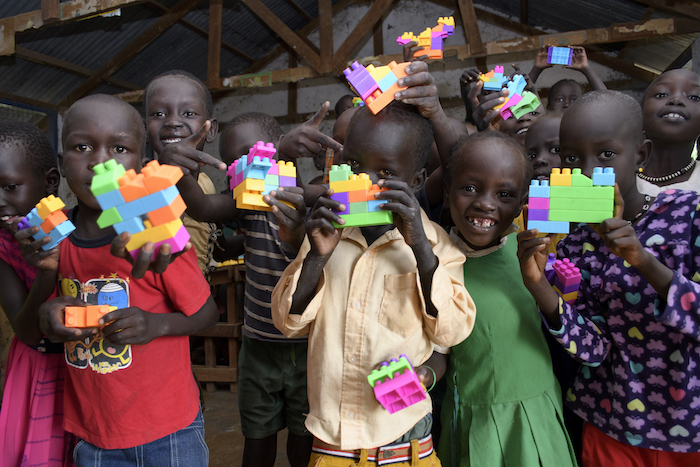
Imagining Aberdeen: A City through Children's Lenses
In early 2016, 300 children in P5/6/7 from primary schools imagined Aberdeen as a place where every child is healthy, happy, and safe. In May 2016, 20 children became Imagineers. They use their Mural and Film to engage with community members, officers from partner agencies and elected members to inform and influence decision-making...(read the full story)
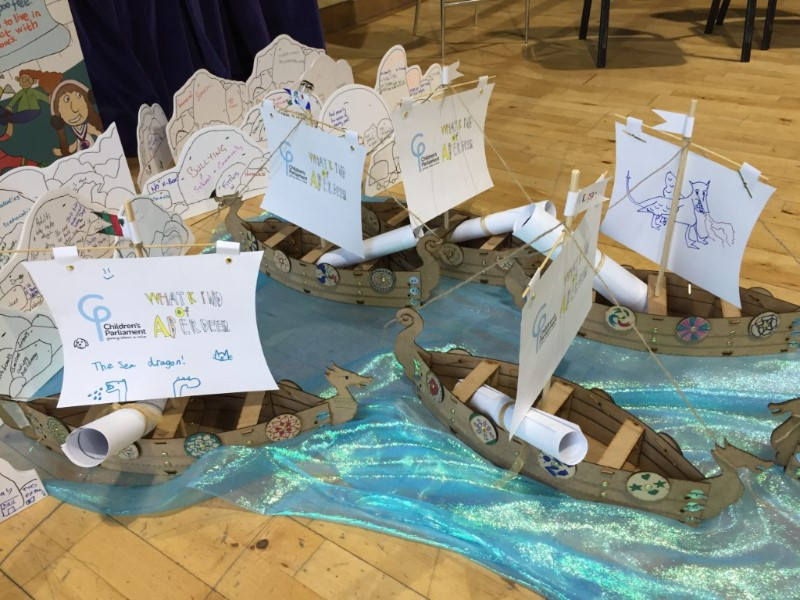
La Paz, Bolivia
Zebras: A Citizen Culture Project
What to do when drivers and pedestrians do not respect the traffic rules? La Paz offers an alternative option: hiring marginalized youths as educators. The city dressed these young people in zebra costumes and send them out in the streets. The "zebras" will mock drivers and pedestrians alike who break the rules with their body languages...(read the full story)
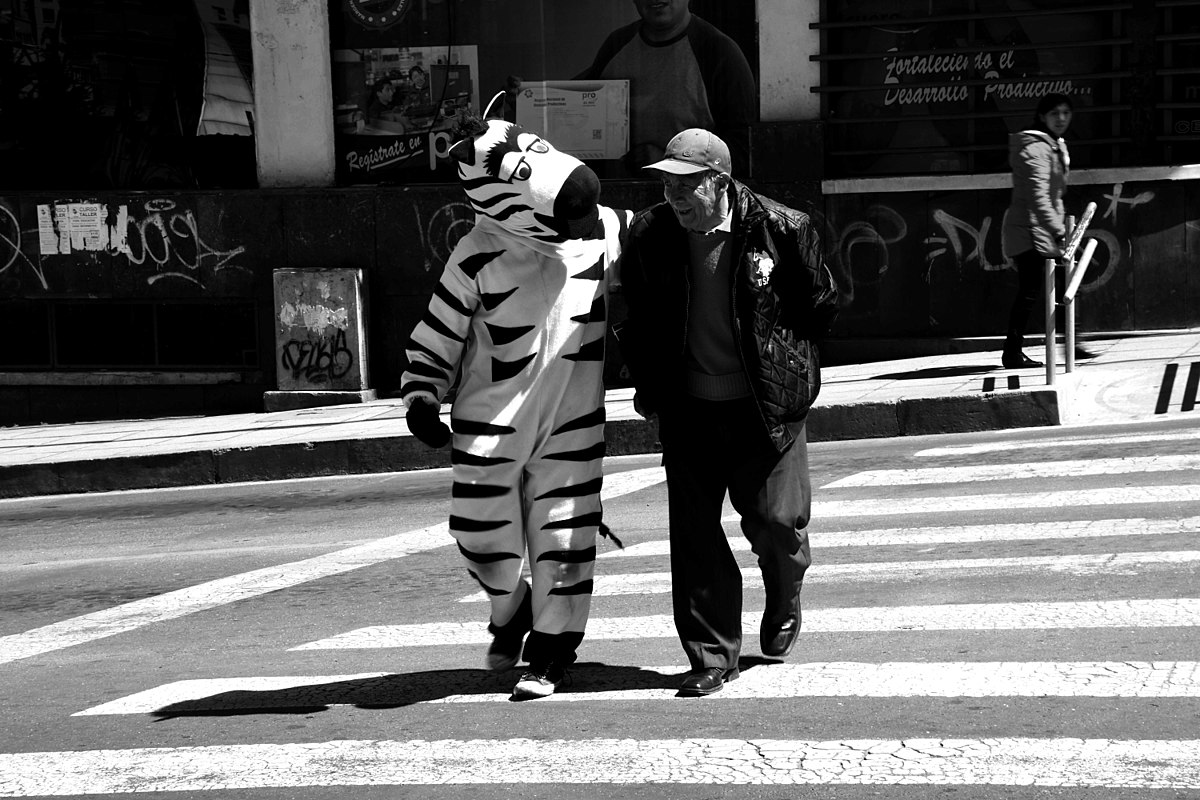
Boston, United States
Youth Lead the Change: Youth Participatory Budgeting
How to spend 1 million dollars? This is the question asked to the young people of Boston. the City of Boston continues to empower youths to be involved in city decision-making. In this participatory budgeting process, youths collect ideas, distill those ideas into proposals, and vote to determine which projects get funded...(read the full story)
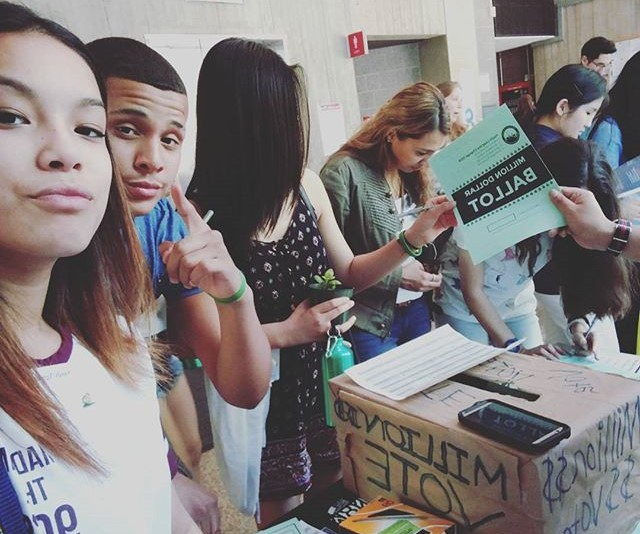
Menashe, Israel
Education towards Coexistence between Israeli Jews and Arabs
The Wadi Ara area is populated mainly by Arabs towns and villages, with a few Jewish villages (Kibbutzim and Moshavim) among them. The education systems are separate, so the children of the area do not know each other and learn very little of the culture, geography, and historical narrative of each other. This creates a terrible alienation among young people who live side by side but cannot bridge the gaps between them...(read the full story)
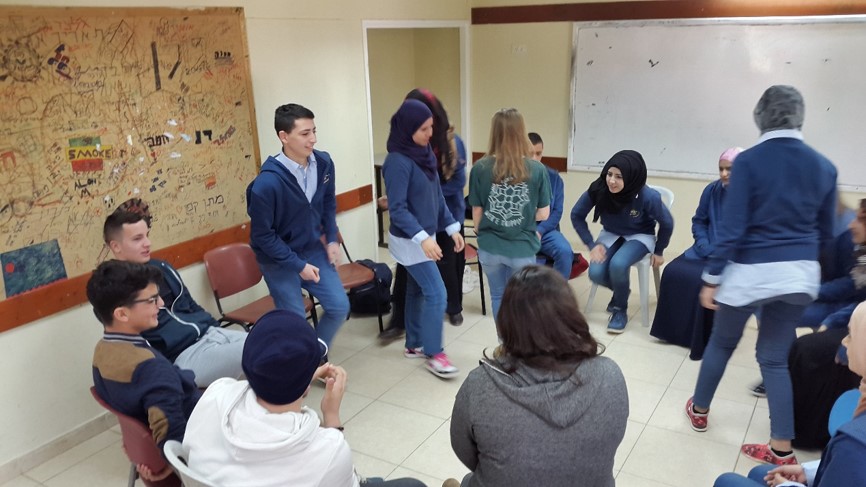


 In Focus | World Cities Day: People-Centred Smart Cities
In Focus | World Cities Day: People-Centred Smart Cities City Stories | Fostering community resilience: A lifeline for the Central African Republic
City Stories | Fostering community resilience: A lifeline for the Central African Republic In Focus | Innovative Education, Empowering Futures
In Focus | Innovative Education, Empowering Futures




















 Tel: +86 020 3780 4434
Tel: +86 020 3780 4434 Email: info@guangzhouaward.org
Email: info@guangzhouaward.org Adress: Unit 01-7, 28th Floor, No. 7, Chunrong 3rd Road, Tianhe District, Guangzhou, Guangdong, 510000, PRC
Adress: Unit 01-7, 28th Floor, No. 7, Chunrong 3rd Road, Tianhe District, Guangzhou, Guangdong, 510000, PRC




